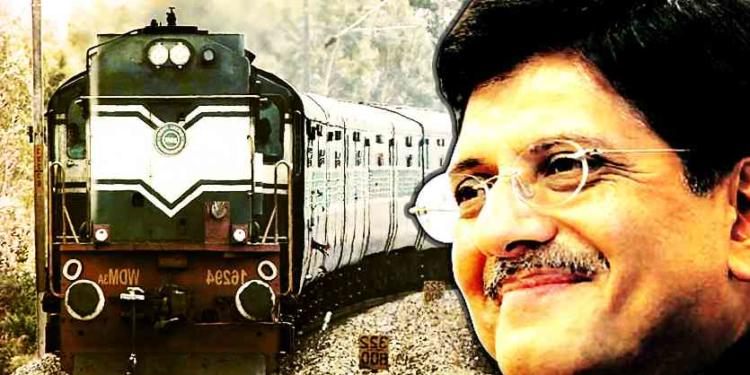In the past four years, the Indian Railways has seen tremendous improvement as far as its safety record is concerned. Modi government has made safety in travel in the national carrier a top priority. How the Railways have been focusing on ensuring greater safety is evident from the drastic improvement in safety-related facilities and a substantial reduction in accidents, injuries and fatalities. There has been a 38% reduction in the number of consequential train accidents. The number of accidents has declined from 118 in 2013-14 to 73 in 2017-18. In 2018-19 till January there were 47 such accidents. The figure is set to be lower than 73 which hints that the Railways have only improved when it comes to ensuring greater standards of safety. Consequential accidents are defined as train accidents having serious repercussions in terms of loss of human life, human injury, loss to Railway property or interruption to Rail Traffic for more than specified threshold values.
The Indian Railways have taken a slew of measures in order to ensure better safety in its operations. A Rashtriya Rail Sanraksha Kosh (RRSK) fund has been set up. The Rs. 1 lakh crore fund has been set up for safety expenditure over a period of five years. There has been a substantial increase in capital expenditure as well. It has gone up three times from Rs 53,989 crore in 2013-14 to Rs 1,58,658 crore in 2019-20. Expenditure on safety has gone up from Rs. 30,661 crore in 2009-10 to Rs. 74,696 crore in 2019-20.
Another important measure has been the filing up of 1.5 lakh safety and security posts through recruitment. Furthermore, the Railways have announced another 2.3 lakh posts over a period of next years. In a historic achievement for the Indian Railways, Unmanned Level Crossings (UMLCs) have been completely eliminated. 1,703 UMLCs were eliminated in the month of September 2018, which was higher than any other year. In 2013-14, merely 1,102 UMLCs were eliminated. Railways have totally switched over to production of safer LHB coaches. Since LHB coaches are safer than the ICF designed coaches, a total switchover towards the production of LHB coaches is going to make rail travel substantially safer. There has also been substantial progress in rail renewal. In fact, there has been a 50% increase in rail renewal from 2,926 kms in 2013-14 to 4,405 kms in 2017-18. Finally, there has been considerable improvement in the construction of road over bridges/ road under bridges/ subways. There has been a mind-boggling increase in average construction per year. It was merely 415 per year (2004-14) during the UPA era and it has gone up to 1,220 per year (2014-18) under the Modi government.
The efforts made by the Railways to improve safety standards have yielded highly positive and encouraging results. Fatalities due to accidents were recorded at 29 from April 1, 2018, till January 15, 2019, as compared to 56 for the same period in 2017-18. This is undoubtedly a massive improvement. It looks even more impressive if we take a look at track record of 2013-14. In that year there were a total of 152 facilities. Compared to 2013-14, the present year has seen a very small number of casualties till now. It sums up how the NDA government inherited a poor legacy from the UPA government but staged a major turnaround even as it nears the end of its tenure. As far as the number of injuries is concerned, it has also gone down from 193 up to January 15 in 2017-18 to merely 71 this year. There has been a 63 percent reduction in the number of injuries over the last year. Railways minister Piyush Goyal has set really high standards when it comes to travel safety in the Indian Railways. The Indian Railways is all set to become a world-class transportation enterprise.


































